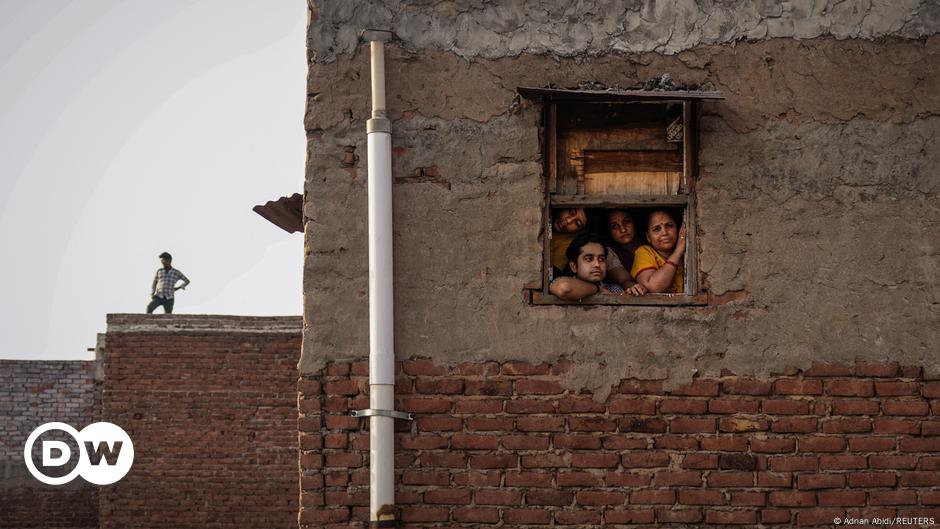Extreme weather conditions could disrupt the education of about 242 million children in 85 countries in 2024, according to a report Released on Friday by the United Nations children’s agency UNICEF.
One in seven students could not attend school due to heat waves, floods, cyclones and other extreme weather conditions.
Last year was the hottest on record, with recent years’ global average temporarily exceeding the critical 1.5°C warming threshold.
South Asia most affected area
According to the report, the heat waves affected at least 171 million children. In April alone, temperatures kill 118 million children in Bangladesh, Cambodia, India, Thailand and the Philippines.
Later in September, the academic year began with the devastating Typhoon Yagi, which struck East Asia and the Pacific.
But the hardest hit region was South Asia, where 128 million schoolchildren were affected. The majority, 54 million, were in India. Most of them were hit by the heat waves, which affected 35 million in Bangladesh.
More than 400 schools were destroyed by floods in Pakistan in April, where in Afghanistan, more than 110 schools were destroyed after severe flooding in May following a heat wave.
The report estimates that about 74% of the children affected were based in middle- and low-income countries.
Months of drought in southern Africa, provoked by El Nino, threaten the schooling and futures of millions of children. Cyclone Chido and Tropical Storm Dikeldi left the French territory of Mayotte in the Rhine and destroyed more than 330 schools in Mozambique, severely disrupting education.
UNICEF highlights ‘overlooked’ aspect of climate crisis
UNICEF Executive Director Catherine Russell stressed that education was among the services most disrupted by climate threats.
“Yet it is often overlooked in policy discussions,” she warned. “Children’s futures must be at the forefront of all climate planning and action.”
Russell stressed that children were “most vulnerable” to extreme weather.
“They overheat faster, they sweat less efficiently, and cool more slowly than adults,” she said in a statement.
“Children can’t concentrate in classrooms that offer no respite from the scorching heat, and they can’t get to school if routes are flooded, or if schools are washed out.”
rmt/lo (AFP, AP)


